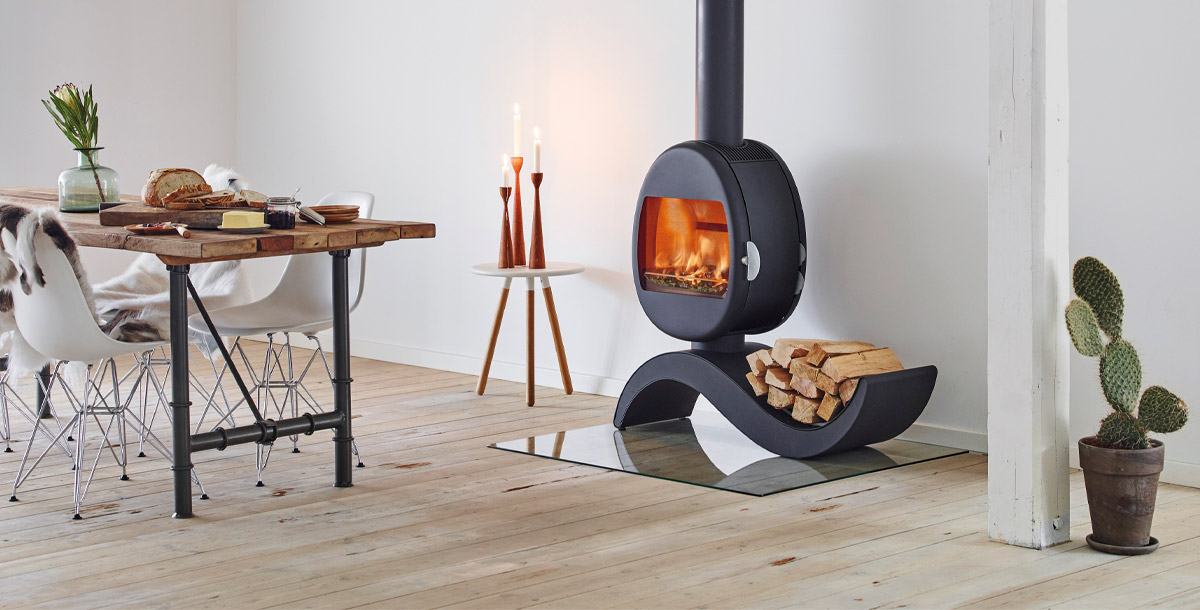5 efficiency tips for wood burning stoves
Expert advice on how to ensure the cleanest, most eco-friendly burn possible
Wood burning stoves are feeling the heat, with new data highlighting them as a ‘major contributor’ to small particle pollution. It’s not all bad news though – the same report almost halved the estimated proportion of particle pollution that comes from wood burners from 38% to 17%. But given that road transport is responsible for just 13%, it’s important to ensure that they are as energy efficient as possible. From correct installation to burning the right fuel, these tips will help keep your wood burning stove as energy efficient as possible.
1. Upgrade to an eco model
Wood burning stoves must meet clean air legislation and building regulations. New EcoDesign criteria, which came into force in January 2022, requires all newly designed appliances to be cleaner and more efficient. Look for stoves offering at least 75% efficiency (where 75% of the heat goes directly into heating a room), although the latest designs are up to 90% energy efficient. Note that open fires only offer 15-20% efficiency.
Many brands, including Arada stoves, started to upgrade their stoves ahead of the deadline, including technology to burn off excess gases before they are released into the atmosphere. The Ecco Stove, which combines masonry heater and wood burning stove technology, provides up to 93% efficiency.
If you live in a built-up area, you can burn logs only in a Defra-exempt appliance, designed to produce very little smoke and approved for use in controlled zones.

Photo: Nordpeis ME woodburner
2. Choose the right equipment for your space
Chose a stove with the correct heating requirement for your space. The wrong size will cause over-firing or under firing, which can be problematic for the stove and flue, but also the environment.
Declan Kingsley-Walsh, managing director at Morsø, explains that to find the figure you need to match with kW output, you should work out the volume of the room and then divide it by 14.

Photo: Morsø 7449
3. Know when to use your burner
A wood burner isn’t the most efficient choice to rely on for the lion’s share of your heating: ‘They should only be used to top up a renewable heating system,’ says Rob Bohm, building project manager at CLPM construction project consultancy.
‘For instance, you may need to use a wood burner occasionally during very cold weather in a home with a ground source heat pump or an air source heat pump.’












